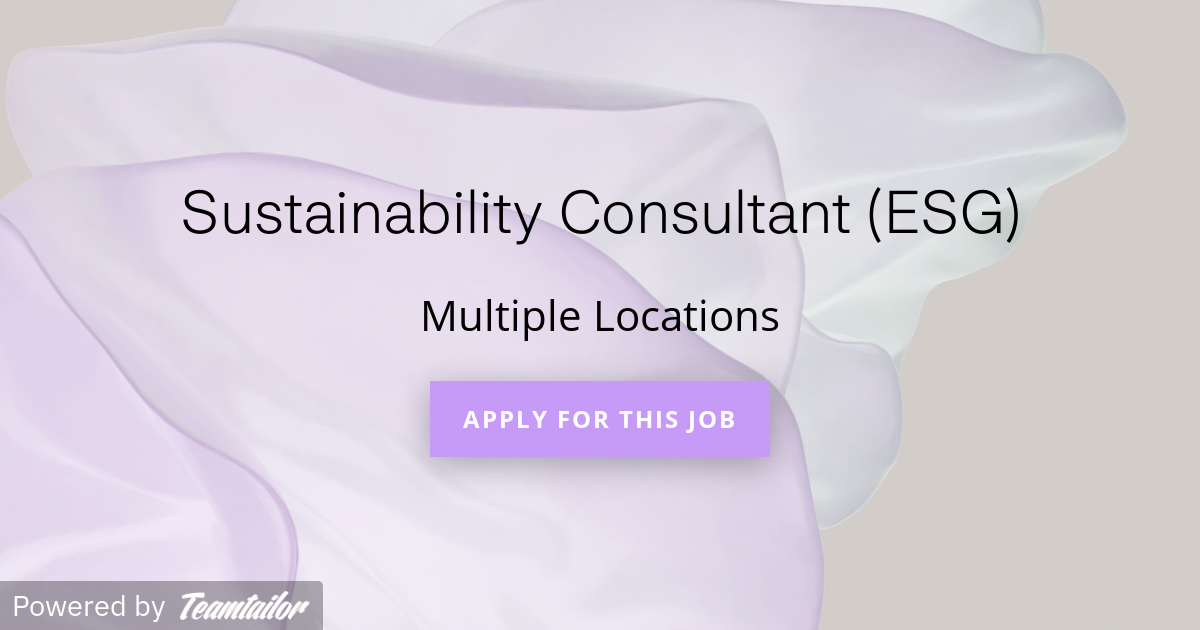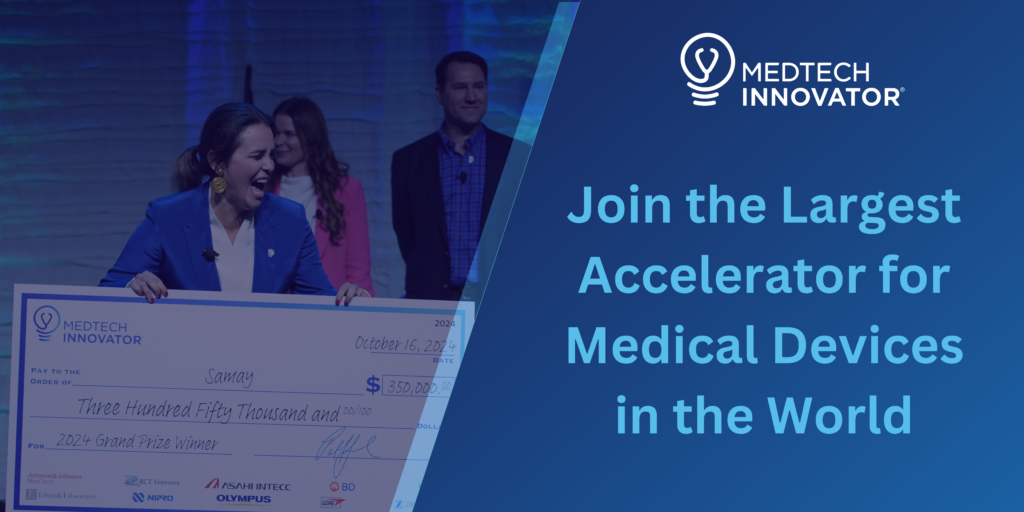The World’s Most Wearable AI
Limitless is your new superpower - an AI-powered pendant that captures and remembers every conversation, insight, and idea you encounter throughout your day.
Built for tech leaders who need clarity without the clutter, Limitless automatically transcribes and summarizes meetings, identifies speakers, and delivers actionable notes right to your fingertips. It’s securely encrypted, incredibly intuitive, and endlessly efficient.
Order now and reclaim your mental bandwidth today.
Most people are using AI tools like tourists with a phrasebook. They get basic answers, but they're missing the real conversation.
The difference between casual AI use and transformative impact lies in personalization. Whether you're using ChatGPT's GPTs, Claude's Projects, or Perplexity's Spaces, the magic happens when you move beyond generic prompts to customized, trained interactions.
AI for You - Really
Here's the uncomfortable truth: most changemakers are using AI tools the same way they'd use Google translate in a foreign country—getting barely functional results while missing the actual conversation happening around them. You type in a prompt, get generic advice that could apply to literally anyone, and wonder why it doesn't feel useful.
The gap isn't the technology. It's that you're treating AI like a search engine instead of training it to understand your specific work, context, and voice. Whether you're running a social enterprise in Nairobi, organizing community healthcare in Medellín, or building educational programs in Mumbai, generic AI responses don't cut it when you're dealing with real people and complex local realities.
ChatGPT's GPTs, Claude's Projects, and Perplexity's Spaces all let you customize AI to actually learn your work. But here's what the tech bros won't tell you: this takes effort, fails repeatedly at first, and only works if you're willing to invest time teaching the system what matters in your context. It also usually requires a paid account (most are around $20 a month) to get access to the custom features.
Why This Actually Matters for Global Changemakers
Less than 1% of global AI funding reaches the Global South. The tools being built aren't designed for your challenges—whether that's navigating informal economies, working in multiple languages, or addressing issues that Silicon Valley venture capitalists don't understand or care about.
Customized AI training flips this. Instead of adapting your work to fit Western tech assumptions, you train the model on your reality. Your community's language patterns. Your region's funding landscape. Your organization's approach to building trust with stakeholders who might be skeptical of technology.
For social entrepreneurs working across cultures and contexts, this means AI that gets the nuances of your situation. It understands that "community engagement" looks completely different in rural Colombia versus urban Kenya. It knows your stakeholders aren't all English-speaking foundation officers. It respects that the solutions you're building require cultural sensitivity, not cookie-cutter templates.
How to Actually Train Your AI (Whatever System You're Using)
Start With Your Reality: Take ten minutes to write out your organization's mission, who you serve, the context you work in, and how you communicate. Be specific about local challenges, cultural considerations, and power dynamics. Feed this to whatever LLM you're using—OpenAI's guide walks through GPT setup, or you can create a Project in Claude following their documentation, or build a Space in Perplexity.
Upload What Works: Don't dump everything. Choose 5-10 pieces of your best work—successful proposals, impactful social posts, community communications that resonated. The AI learns from what you show it. If you upload mediocre corporate-speak, that's what you'll get back.
Get Specific About Format: Tell the AI exactly what you need. "Write a 200-word update for community members in [your region] about [your program] that explains impact without jargon and acknowledges current challenges." The more specific your instructions match your actual workflow, the more useful the outputs become.
Train for Your Language and Context: If you work in multiple languages or code-switch between formal and community communication, teach the AI this. Upload examples in different languages. Show it how you shift tone for different audiences. Locally adapted models perform better than generic ones that assume everyone speaks English and operates in Western contexts.
Build for Grant Writing and Funding: This is where custom training saves real time. Create a specialized setup that knows your funding landscape—which foundations support your region, what language resonates with local donors versus international ones, how to frame impact in ways that matter to your specific context. Feed it successful proposals and adapt them to new opportunities. But remember: funders can spot AI-generated fluff from a mile away. Use these tools to speed up drafting, not replace your genuine understanding of community needs.
The Stuff That Makes This Hard
Training AI takes time you probably don't have. It costs money—usually $20 monthly for decent versions—which matters when you're bootstrapping. Team members might resist, especially if they've had bad experiences with generic AI producing tone-deaf content.
There are also legitimate concerns about data sovereignty and digital justice when using tools built by companies that don't understand or prioritize Global South contexts. You're training systems that could encode biases or perpetuate colonial patterns if you're not careful about what you teach them.
And sometimes the AI will still produce garbage. It'll miss cultural nuances, default to Western framing, or suggest strategies that don't work in your context. That's when human judgment matters most—knowing when to override, edit heavily, or start over.
Making It Accessible
We use Perplexity Pro for collaborative research at PCDN, and it works well for teams working across borders. Full transparency: using our affiliate link gives you and us each a free month. We're not pushing it because we get a kickback—we actually use it daily and find the Spaces feature useful for building shared knowledge bases.
What Comes Next
If you want structured guidance instead of figuring this out alone, join the waitlist for our AI for Social Impact course on Maven. Or explore the PCDN Career Campus for other resources built specifically for global changemakers, not tech enthusiasts.
Resources for Deep Diving
OpenAI: GPT Builder guide - Step-by-step instructions for creating custom GPTs
Anthropic: Claude Projects docs - How to set up team-based Projects
Perplexity: Spaces overview - Getting started with collaborative Spaces
Every: How to train ChatGPT on your writing voice - Practical guide for personalizing AI outputs
Perplexity Pro - One-month free via our affiliate link (we get a free month too)
PCDN AI for Impact cohort - Join the waitlist for our next course
PCDN Career Campus - Career resources for global changemakers
The bottom line: AI works when you train it on your reality, not when you adapt your work to fit its limitations.
Share your feedback on the AI for Impact Newsletter
AI for Impact Opportunities
8 Weeks. Actionable AI Skills. MBA-Style Networking.
The 8-week AI for Business & Finance Certificate Program helps you:
Build AI confidence with role-specific use cases
Learn directly from leaders at top financial firms
Build a lifetime network that continues to open doors long after the program ends
Earn your certificate from Columbia Business School Executive Education—program starts November 10.
Try out the World’s Best AI powed Human Connector
I’m a power user of Boardy, an AI super‑connector that’s helped me make warm, double‑opt‑in intros across impact, startups, and education. It’s practical and human: short chats, clear asks, and intros that lead to real outcomes.
What I’ve seen work:
• Curated intros to founders, NGO leaders, hiring managers, and media (we’ve gotten some amazing podcast guests)
• Thought partnership to sharpen your ask before outreach
• Great for jobs, partnerships, pilots, advisors, and cross‑promo
How to start using Boardy:
1) Click my affiliate link: hhatsapp.boardy.ai/psQwj(this will start with connecting you with others who optin from the PCDN AI for Impact Newsletters)
2) In WhatsApp, say what you’re aiming for (job lead, partner, funder, advisor, podcast guest, etc.)
3) Boardy will refine your ask, then line up 1–2 curated intros (always double‑opt‑in)
It’s free to use. I even had a chance to invest (passed…regret that), so I’ve leaned in as a power user and regularly interact with the team building Boardy.
See more also at http://boardy.ai
News & Resources
😄 Joke of the Day
Why did the AI volunteer for disaster response?
It wanted to learn about real-world data collection.
🌍 News
Meta’s metaverse engineers have been told to “go 5× faster” using AI, reports 404 Media. The directive signals Meta’s aggressive internal adoption of generative tools to speed product development—though employees say it’s blurring boundaries between innovation and exhaustion.
In Indonesia, filmmakers are embracing AI to cut production costs and scale creativity, according to Rest of World. Small studios now rely on generative VFX and text-to-video tools, sparking debate over artistic integrity and fair compensation.
A 404 Media investigation found that 18 lawyers were caught using generative AI in legal briefs without disclosure. Their experiences expose how knowledge gaps and time pressure can undermine ethics in professional AI use.
Meanwhile, a Reddit archivist used AI to index and analyze thousands of Epstein-related documents. While hailed as a win for transparency, experts caution it could also amplify misinformation if not properly vetted.
And The Guardian highlights an “AI workslop” crisis: as low-quality, auto-generated content floods corporate workflows, leaders are being urged to establish quality and attribution standards for responsible AI use.
💼 Jobs, Jobs, Jobs
Discover hundreds of social impact rolesd roles—updated daily—on Jobs.PCDN.Global.
🔗 LinkedIn Connection of the Day
Follow Fabrizio Scrollini, Senior Director of Programs at Humanitarian OpenStreetMap Team (HOT). Fabrizio leads initiatives that use open data, mapping, and AI for humanitarian response and resilience worldwide. His work bridges technology and ethics—empowering communities to harness AI for equitable, life-saving impact.

















